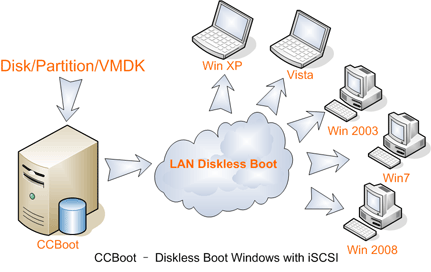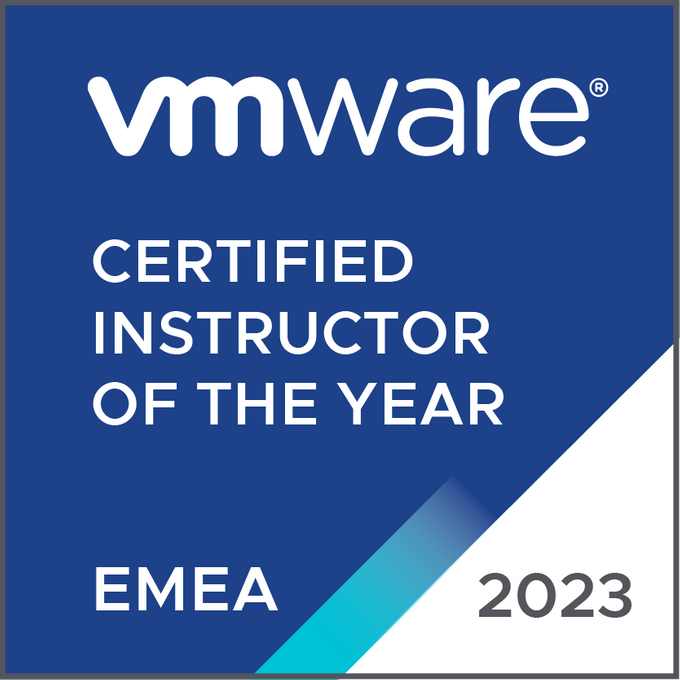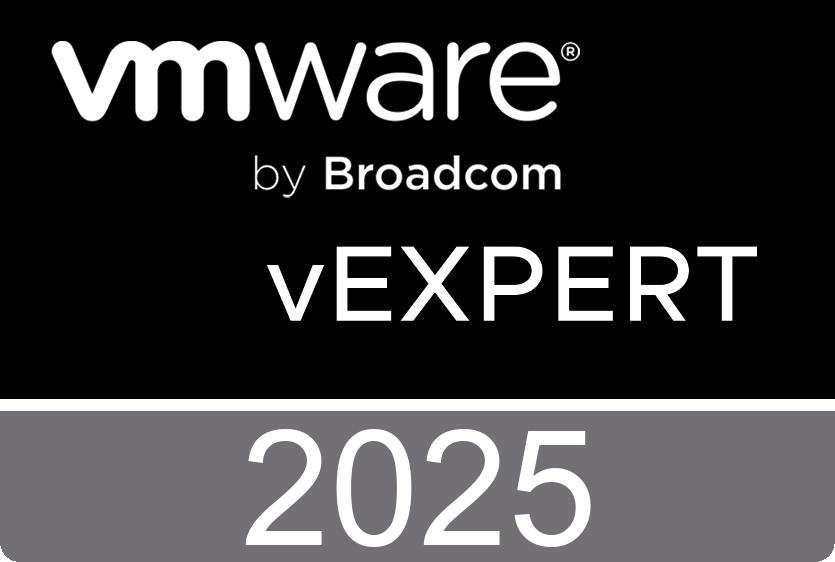Rob de Veij over at Robware.net has released version 2.9 of the most awesome utility I know, well if you don’t count in the vmClient :-) You better check out the newest release of RVTools. I already did, and recorded a walkthrough which can be watched here in HD quality. You can also take a peek at Vimeo.
RVTools is a windows .NET 2.0 application which uses the VI SDK to display information about your virtual machines and ESX hosts. Interacting with VirtualCenter 2.5, ESX 3.5, ESX3i, ESX4i and vSphere 4 RVTools is able to list information about cpu, memory, disks, nics, cd-rom, floppy drives, snapshots, VMware tools, ESX hosts, nics, datastores, switches, ports and health checks. With RVTools you can disconnect the cd-rom or floppy drives from the virtual machines and RVTools is able to list the current version of the VMware Tools installed inside each virtual machine and update them to the latest version.
Version 2.9 (April 2010)
• On vHost tab new fields: Vendor and model.
• On vHost tab new fields: Bios version and Bios release date.
• On vInfo tab new field: VM overall size in bytes (visible when using VI API 4.0)
• On vSnapshot tab new fields: Snapshot filename and size in bytes (visible when using VI API 4.0)
• New vNic tab. The vNic tab displays for each physival nic on the host the following fields: Host, datacenter, cluster name, network device, driver, speed, duplex setting, mac address, PCI and wakeon switch.
• Layout change on vHost, vSwitch and vPort tabpages. They now all start with host name, datacenter and cluster name.
• The commandline function ExportAll extended with an extra optional parameter. It's now possible to specify the directory where the export files are written.

 Starting today and ending on May 26th you can vote on what sessions you would like to see at this year's VMworld. We received a record amount of session submissions. We where not able to publish them all in the public voting system as some have 'confidential' stuff in them or others did not follow the basic submission rules, but more then 600 submissions did make it into the public voting system. So please browse around and let us know what you want to see during the next VMworld events.
Starting today and ending on May 26th you can vote on what sessions you would like to see at this year's VMworld. We received a record amount of session submissions. We where not able to publish them all in the public voting system as some have 'confidential' stuff in them or others did not follow the basic submission rules, but more then 600 submissions did make it into the public voting system. So please browse around and let us know what you want to see during the next VMworld events. 




